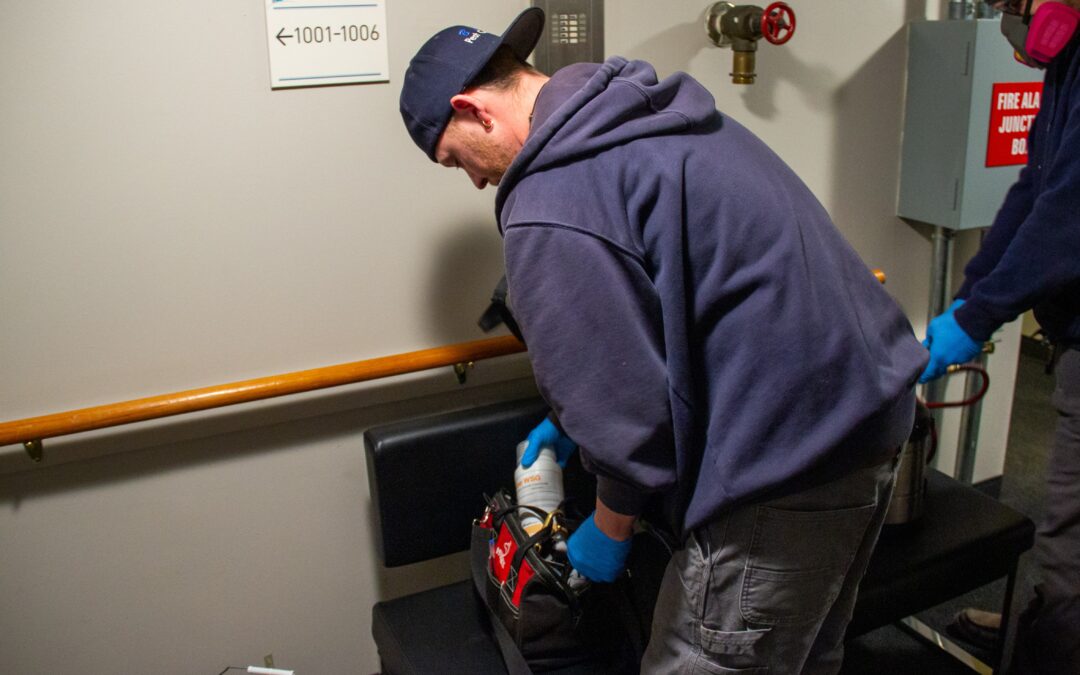Termites are the most destructive structural pests in the world, and they inflict around five billion dollars in damage to homes and buildings annually in the United States alone. More than 3,000 termite species have been documented worldwide, the vast majority of which do not attack finished woods. Most termite species inhabit tropical forested regions where high humidity and abundant vegetation allow the insects to thrive. Given their cold intolerance and preference for high-moisture conditions, termites in the US are most destructive in the southern states, especially the Gulf Coast states. While termite pest activity in most northern states is categorized as either “slight to moderate” or “none,” much of New England, including Massachusetts, is located within a geographic zone where termite pest activity is considered “moderate to heavy.” In fact, Boston is listed as one of the 50 most termite-infested US cities based on the annual number of commercial and residential termite treatments performed.
Homes located within either “moderate to heavy,” or “very heavy” termite pest activity zones should be inspected for termites and related damage once or twice per year. Although the eastern subterranean termite is the only termite pest that can be found in Massachusetts, this species is the most destructive termite in the country, and colonies are particularly abundant in both rural and urban areas of the state. Just as their name suggests, subterranean termites dwell in the ground soil where workers regularly leave the nest to forage. Given their ground soil habitat, workers tend to infest lumber components that are located in close proximity to the ground, such as girders, posts, plates, columns and subflooring.
In order for workers to avoid exposure to the dry outside air when accessing above ground structural wood in homes, they must construct air tight mud tubes out of a hardening mix of soil, fecal matter, saliva and bits of wood. These mud tubes provide workers with a direct pathway from their ground soil habitat to above ground substructural wood sources at the base of homes. After mud tubes are built, workers usually damage floor joists first before moving up the drywall. While inspecting homes, pest control professionals often find that all floor and wall joists have been eaten away by workers, and heavy infestations sometimes see workers consume enough subflooring to put entire structures at risk of collapse.
Have you ever found mud tubes running vertically along the foundation walls of your home?

